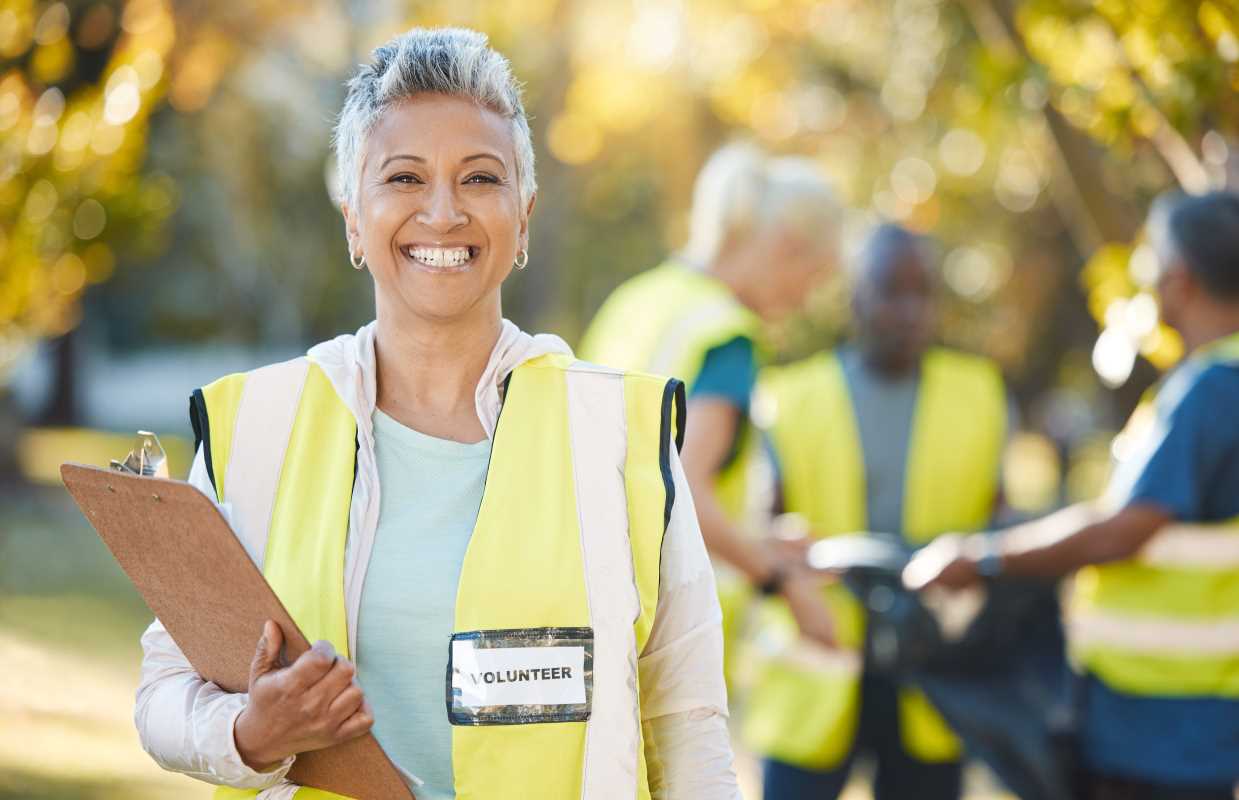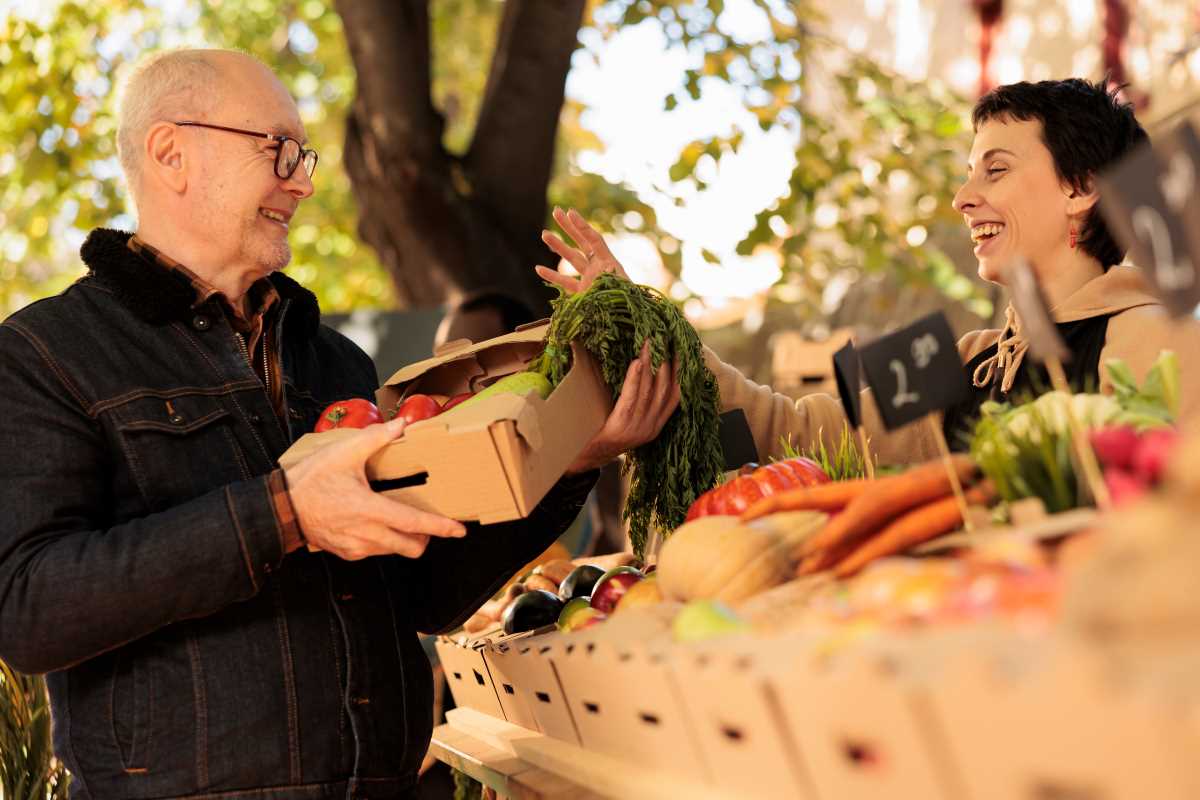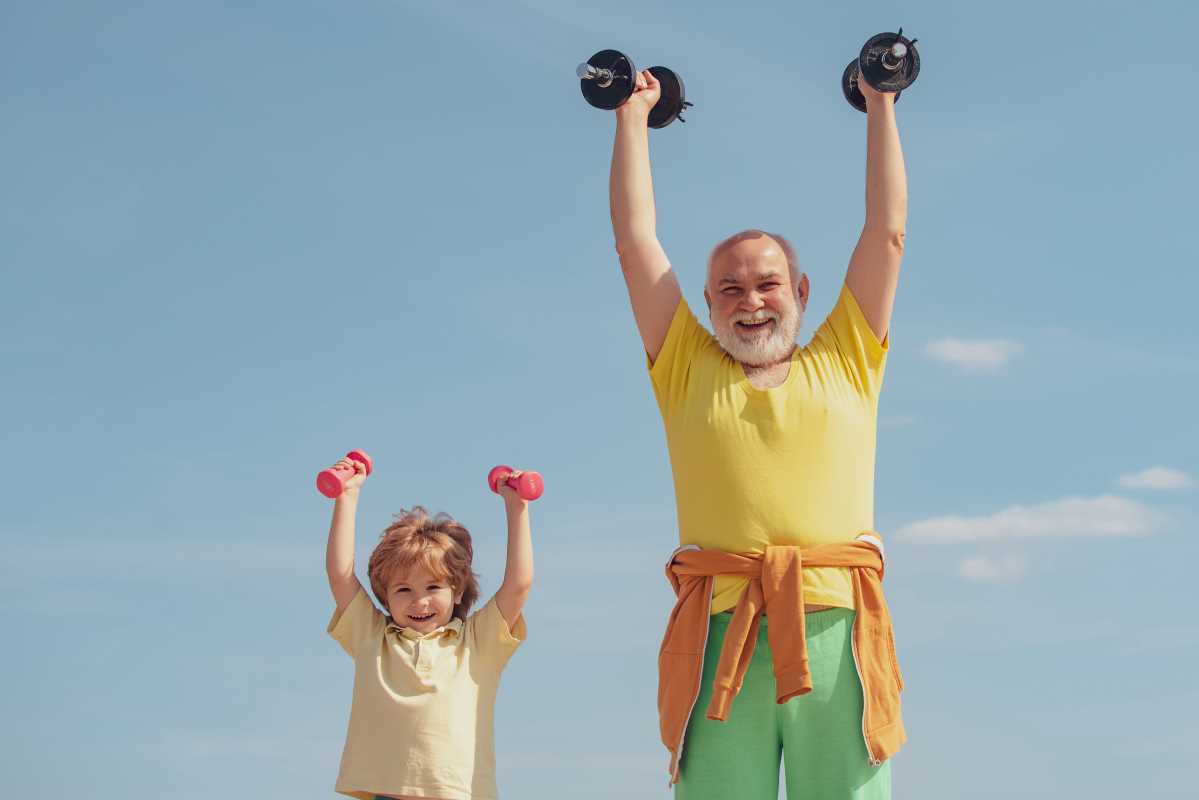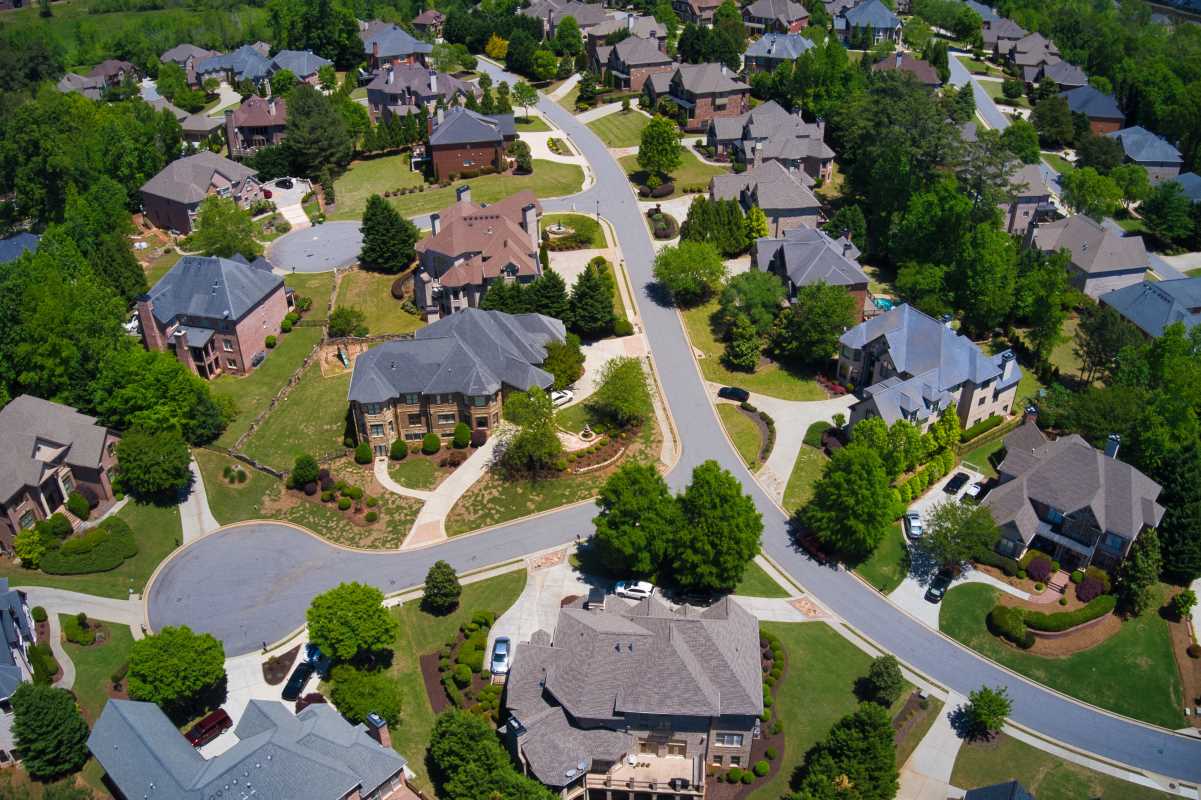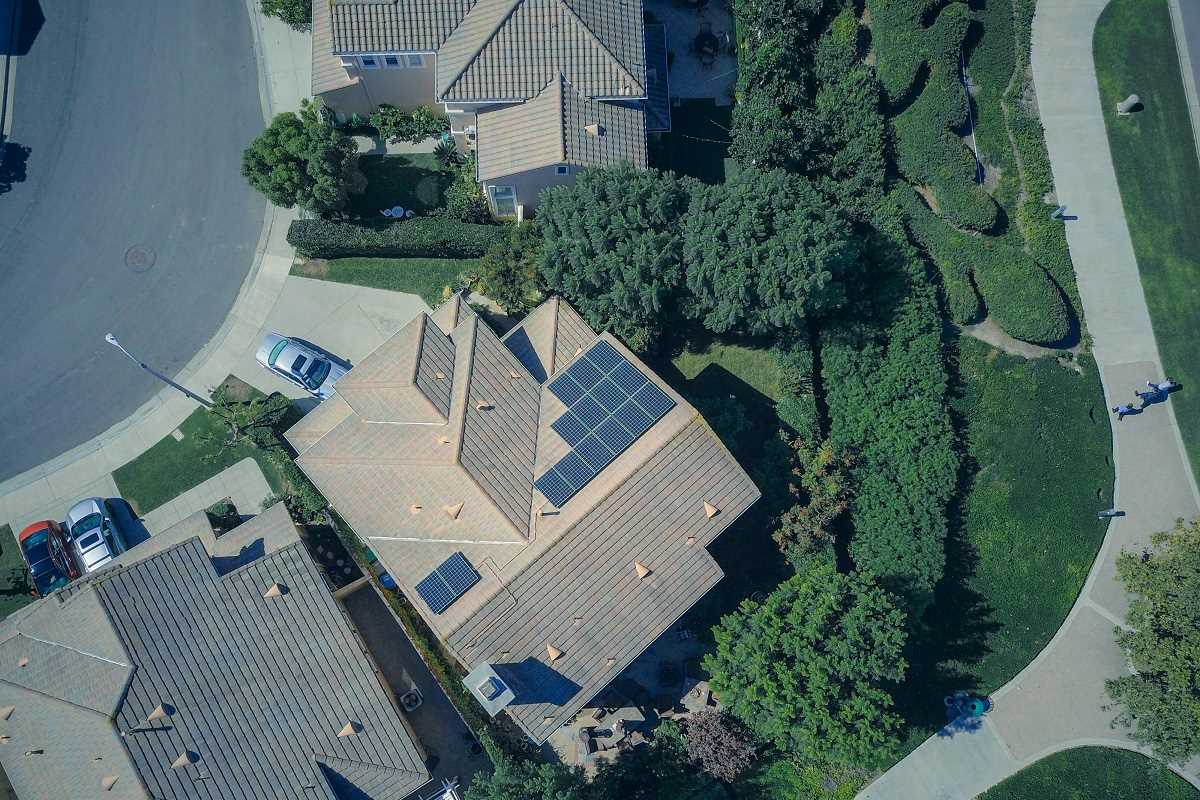Neighbors who work together to keep their streets safe create a welcoming and connected environment for everyone. Sharing responsibility for neighborhood safety encourages trust, reduces worries about crime, and helps people feel like they truly belong. When residents organize and communicate with each other, they learn practical ways to watch out for suspicious activity, offer support during emergencies, and look after one another’s well-being. This sense of unity not only helps prevent crime but also turns a collection of houses into a close-knit community. People who know and care for each other make their neighborhood stronger and more resilient every day.
As you explore six concrete methods below, imagine how each could change your own street or cul-de-sac. From technology-driven updates to hands-on workshops, these approaches show how everyday people can raise the standard for local safety without waiting for outside experts. Let’s dive in and uncover practical steps that lead to real progress.
Community Surveillance Gets Stronger
Teams of neighbors who commit to watching over shared spaces create a clear warning to unwanted activity. When patrols move along familiar footpaths, visitors feel welcomed—and those with bad intentions think twice before trespassing. Recording observations in real time also provides valuable context when reporting incidents to authorities.
- Regular foot or bike patrols at key hours
- Shared street maps marking areas of concern
- Coordinated use of motion-activated cameras
- Check-in schedules via door-hangers or front-gate notes
By mapping hotspots and sharing reports during monthly gatherings, neighbors keep patterns in view. This steady flow of information helps a community spot suspicious activity before it escalates, turning passive watchers into active guardians.
Better Communication Tools
Clear, quick messages connect neighbors, so everyone stays informed about safety updates. When people know how to raise alarms, share photos, or offer help, the entire area feels more connected. Setting up simple processes gives every resident a chance to speak up and share ideas.
- Create a dedicated group chat on platforms like Nextdoor or community texting apps
- Establish a weekly check-in time for all members
- Post neighborhood alerts on shared notice boards in parks or lobby areas
- Gather feedback through online polls or suggestion boxes
Frequent, friendly conversations help neighbors learn each other’s routines. This shared awareness reduces the chance of overlooking a newcomer’s car or missing an open gate. An engaged community listens first and responds quickly.
Build Stronger Ties with Police
Creating a direct line to local officers shortens response times and clarifies what police teams need to know. Regular sit-downs invite officers to meet residents in comfortable settings—perhaps at a block party or a community center. These events help demystify procedures and build mutual trust.
Inviting officers to co-host walkabouts allows law enforcement to see firsthand what matters most. When journalists or local bloggers highlight these joint efforts, they showcase the positive effects of proactive dialogue. Over time, residents and officers develop genuine respect for each other’s insights.
Community Events That Bring People Together
Fun gatherings break the ice and build relationships that last beyond a single meeting. Hosting potlucks, sidewalk art sessions, or street soccer games encourages families to mingle and share concerns in a relaxed setting. Many end up talking about safety tips while kids chase a ball or neighbors share homemade treats.
Organizing seasonal “Safety Shows” turns workshops on pepper spray use, fire evacuation drills, or bicycle maintenance into lively fairs. Vendors, local nonprofits, and guest speakers can rotate every quarter, maintaining a buzz of fresh ideas. This repeated exposure makes safety a normal part of everyday life rather than a one-time event.
Skills Training and Emergency Preparation
Workshops tailored to residents teach clear techniques to handle emergencies. Practicing common scenarios in group settings builds confidence and ensures people know exactly what to do when seconds count. Everyone walks away with practical knowledge, not just theory.
- Basic first aid and CPR lessons led by certified instructors
- Home security assessments covering door and window locks
- Conflict-de-escalation role plays for tense neighbor disputes
- Self-defense sessions designed for all ages and abilities
Refreshing these skills every year keeps knowledge current. When neighbors see someone handling a minor cut or helping a friend lock up, they notice training in action—and that encourages new participants to join.
Proven Drop in Crime Rates
Clear data shows how dedicated watch groups can change local trends. In one community, residents tracked a 28 percent drop in car break-ins over six months. Another neighborhood recorded a 40 percent decrease in vandalism after installing drawing stations for teens in public parks.
Mapping incidents month by month turns raw data into targeted action plans. When numbers go down, neighbors celebrate together—an important boost to morale that motivates everyone to keep up the effort. Seeing real results makes neighbors proud and eager to do more.
Neighborhood watch teams help residents improve safety and build relationships. Start by gathering friends, planning, and taking action today.
.jpg) (Image via
(Image via